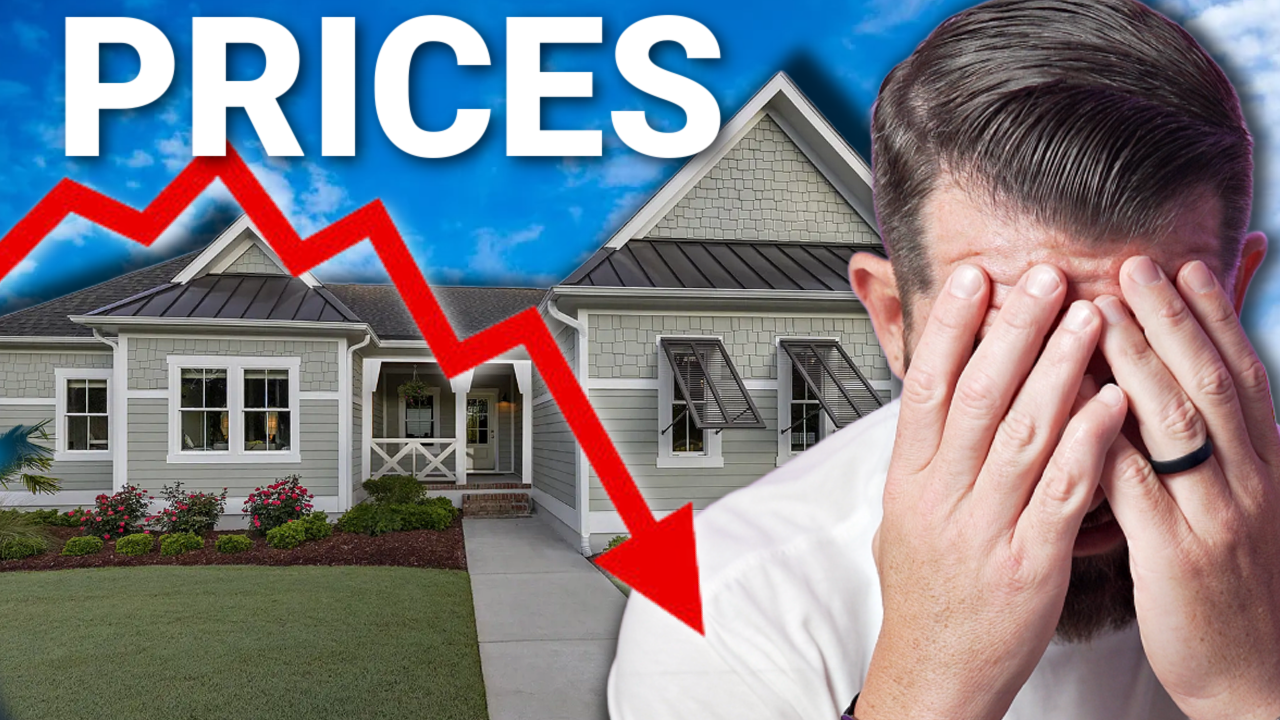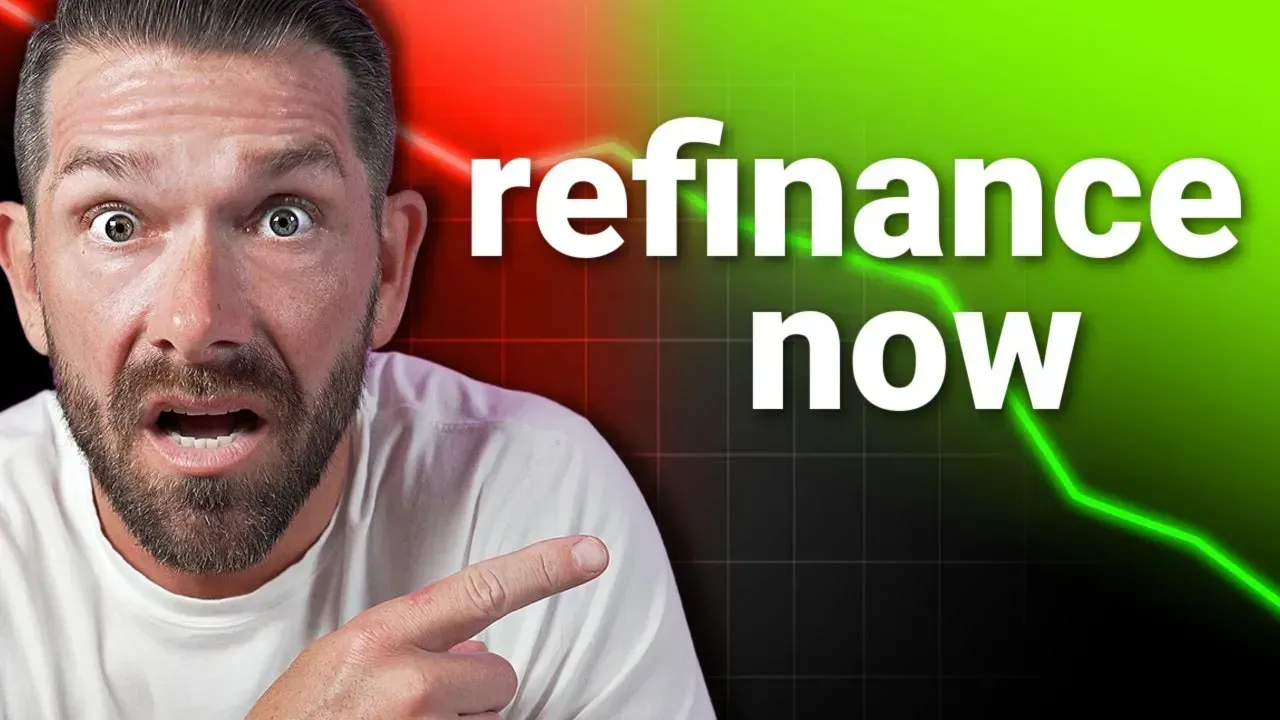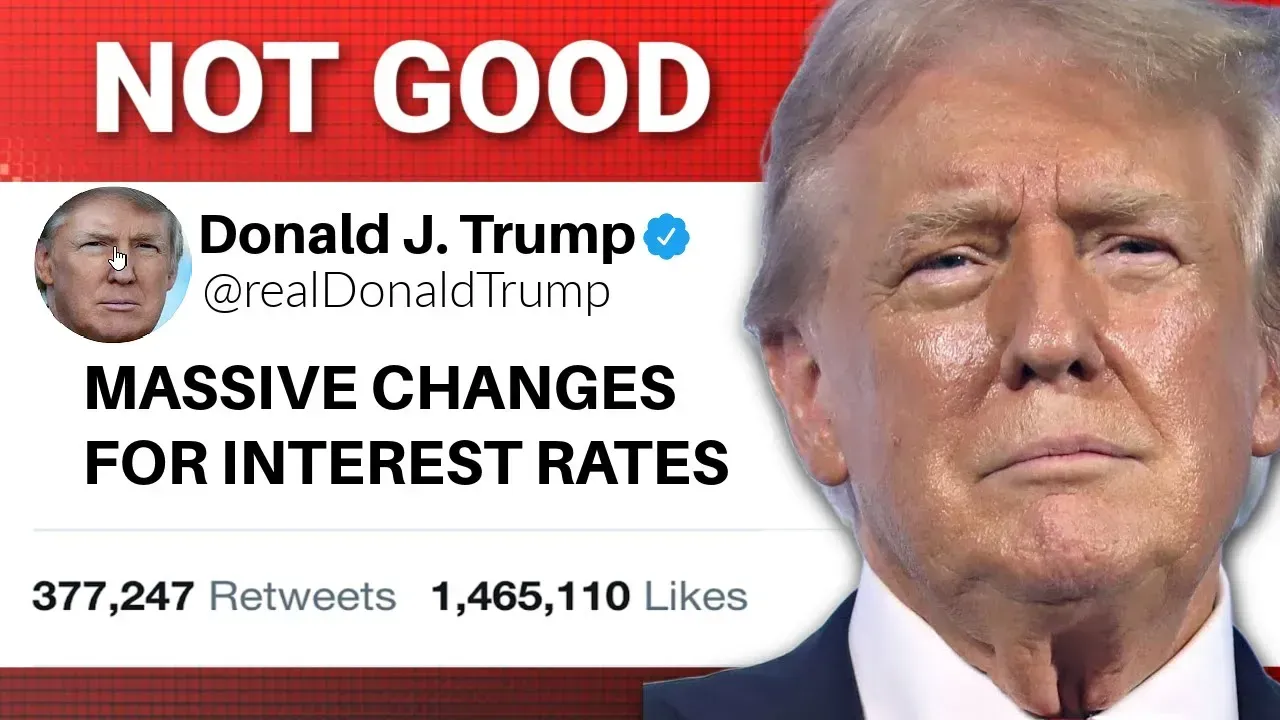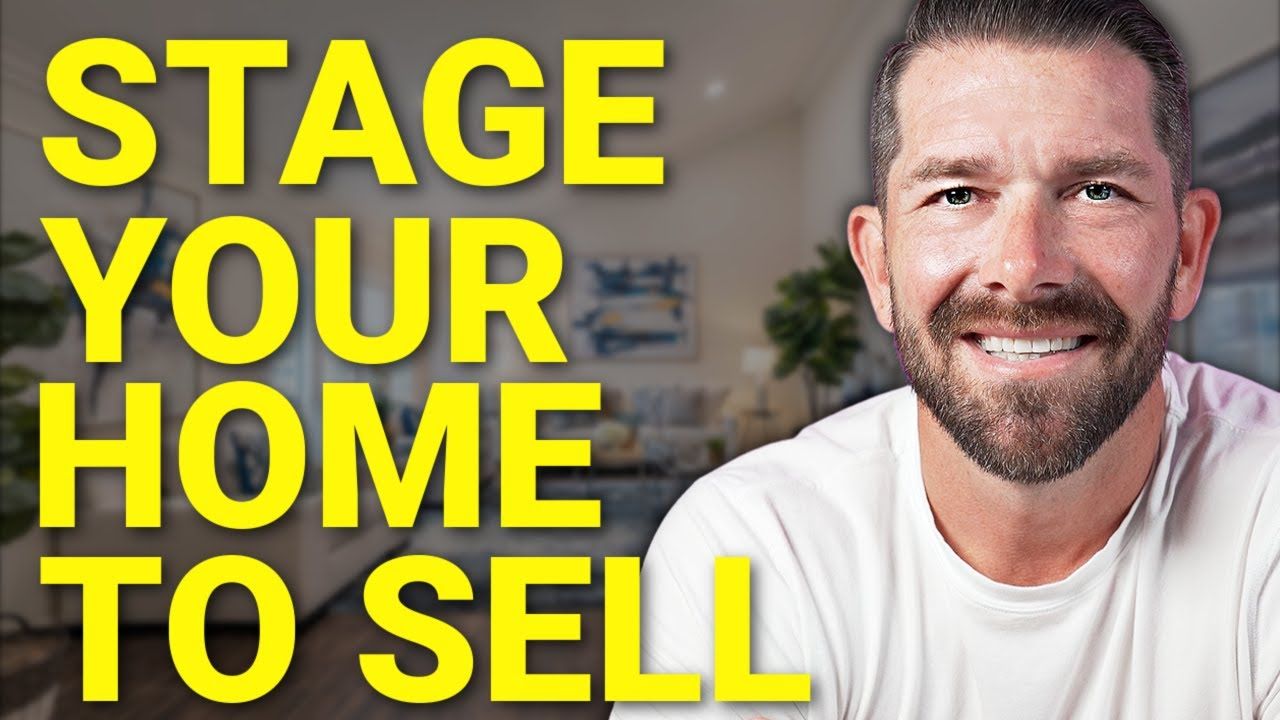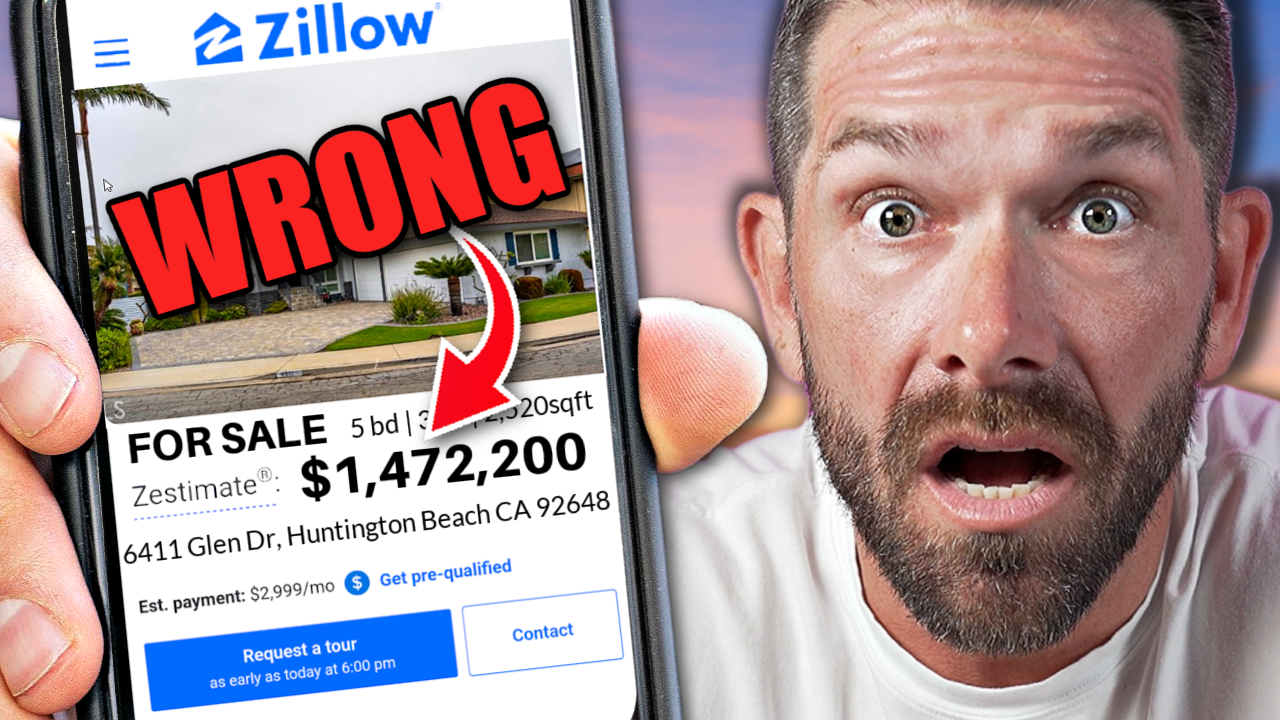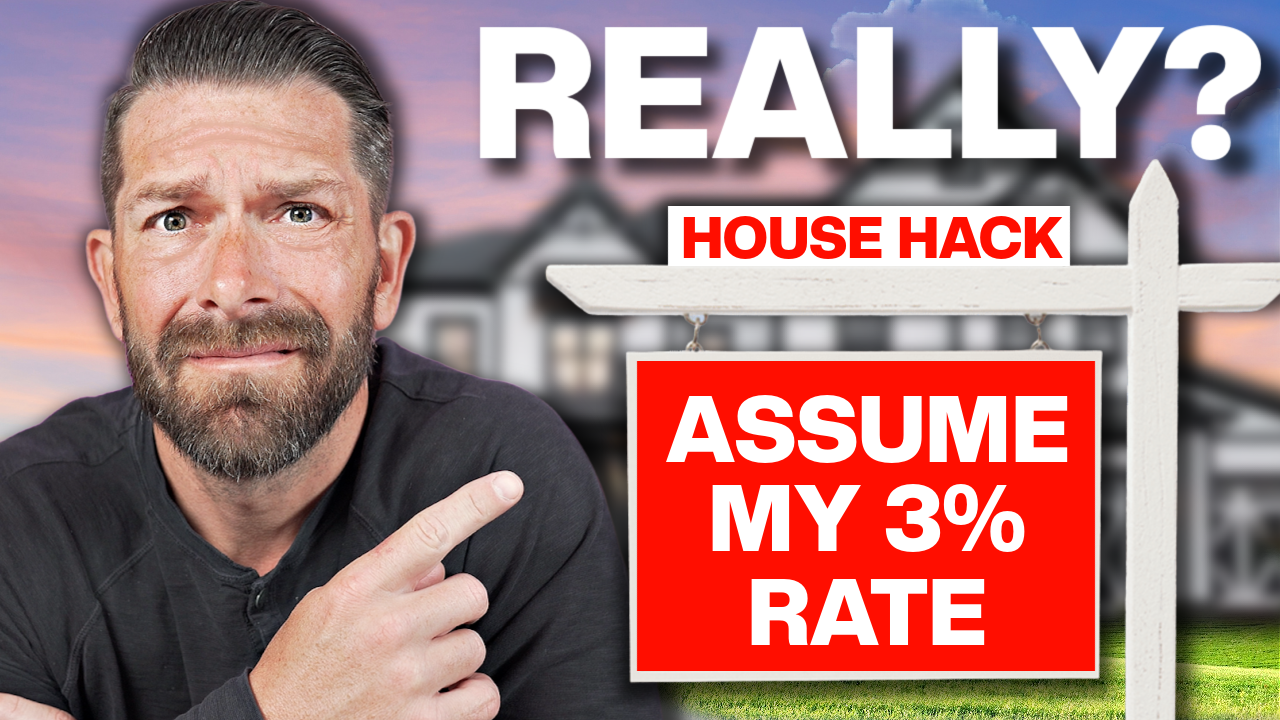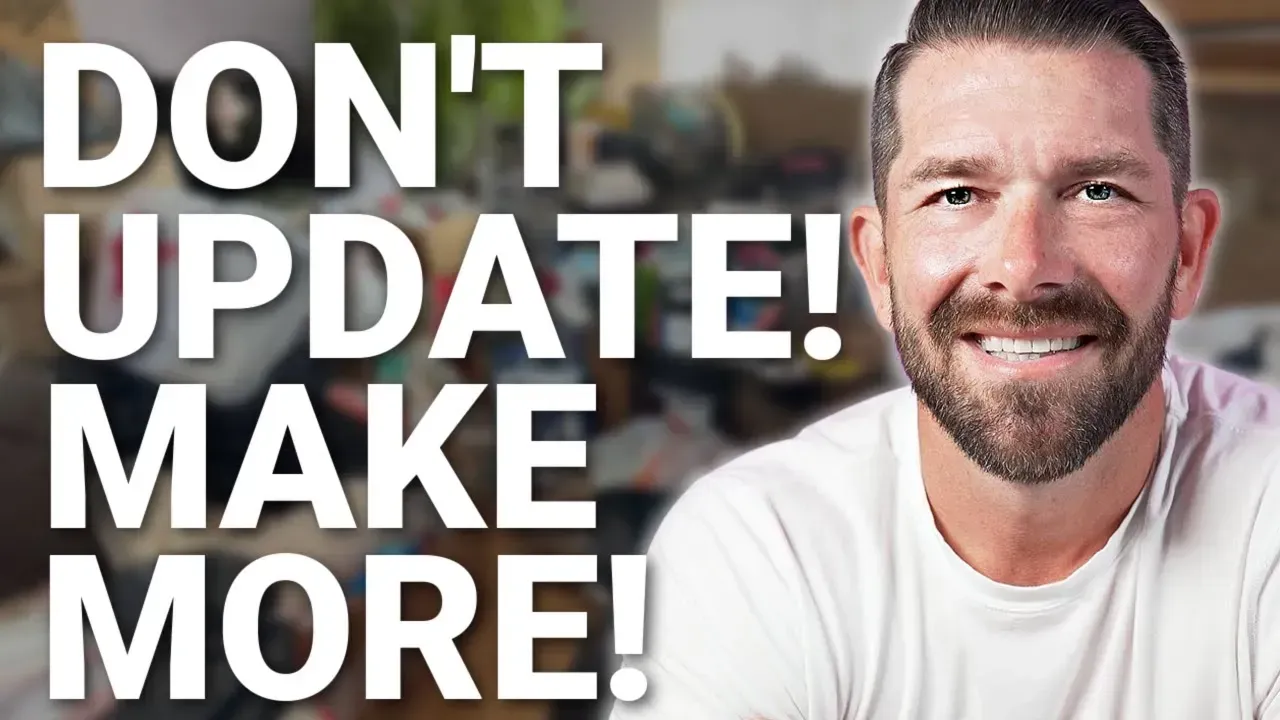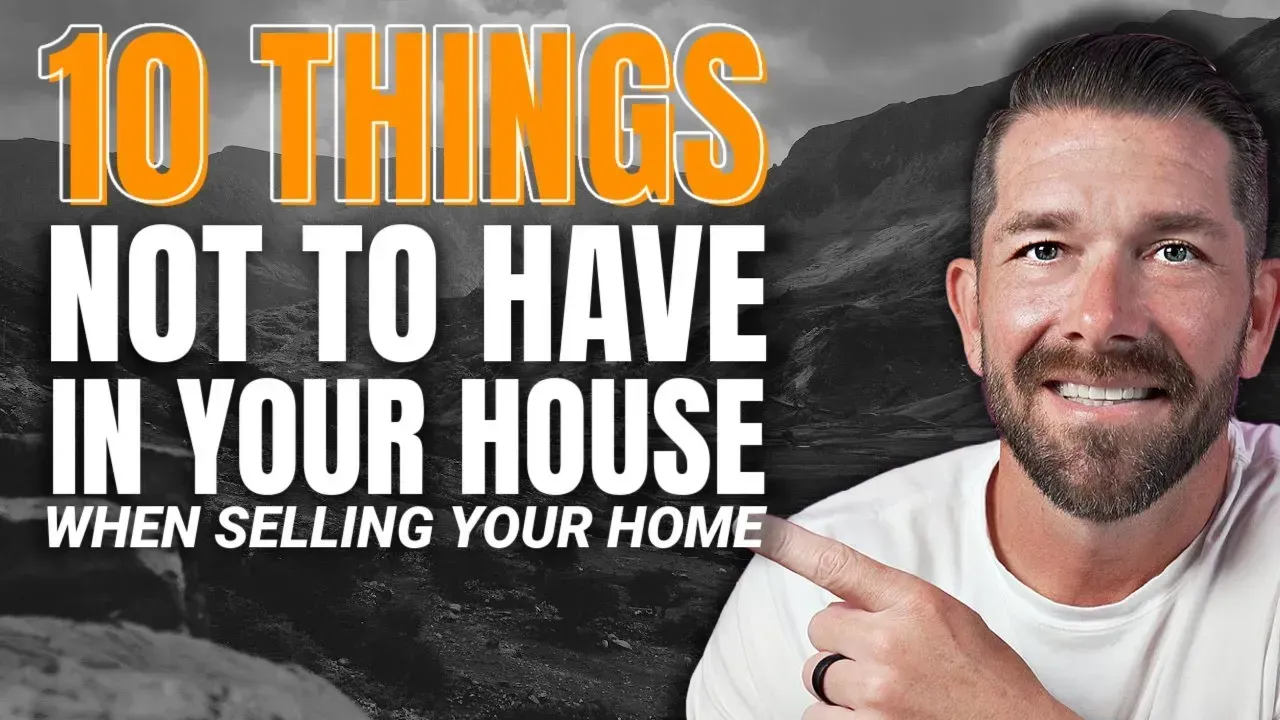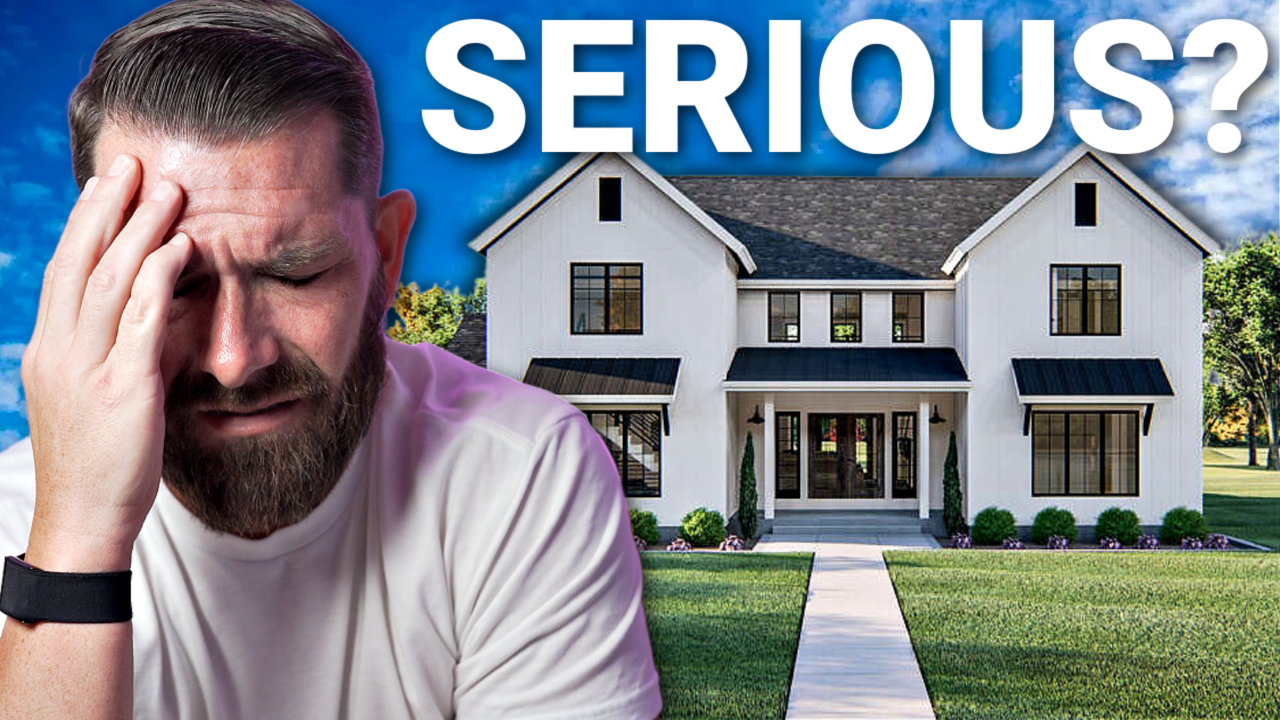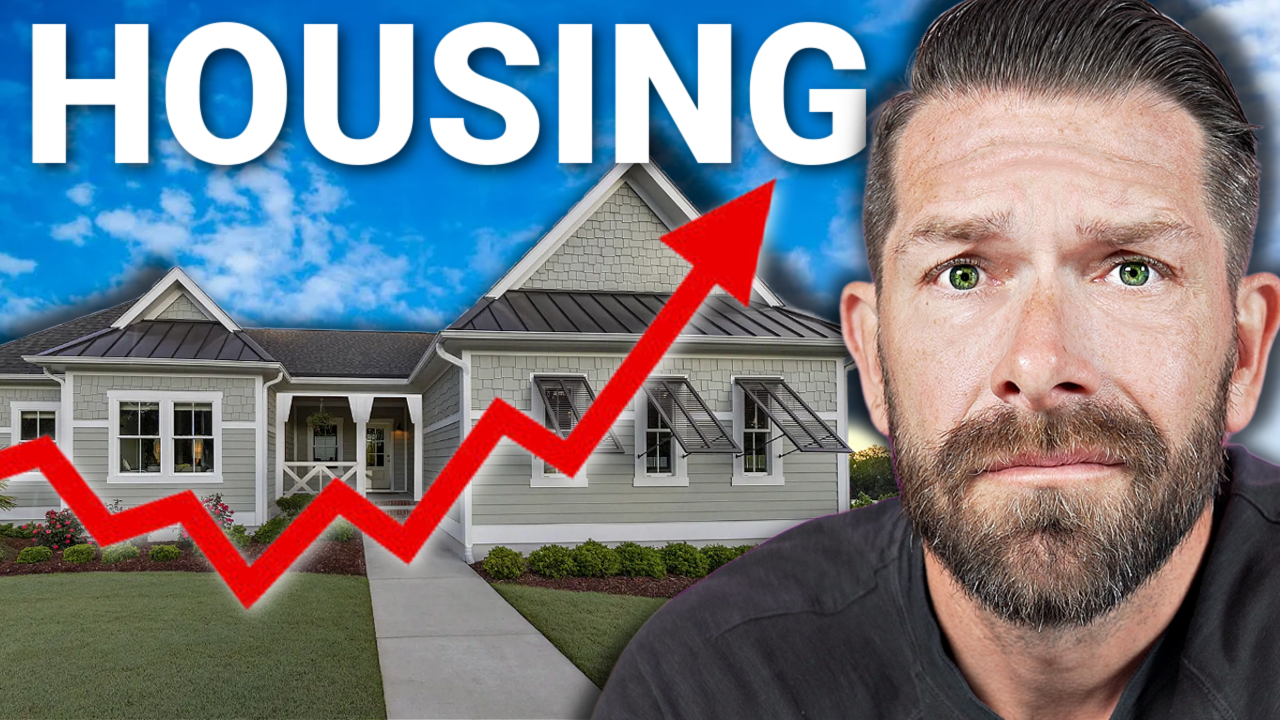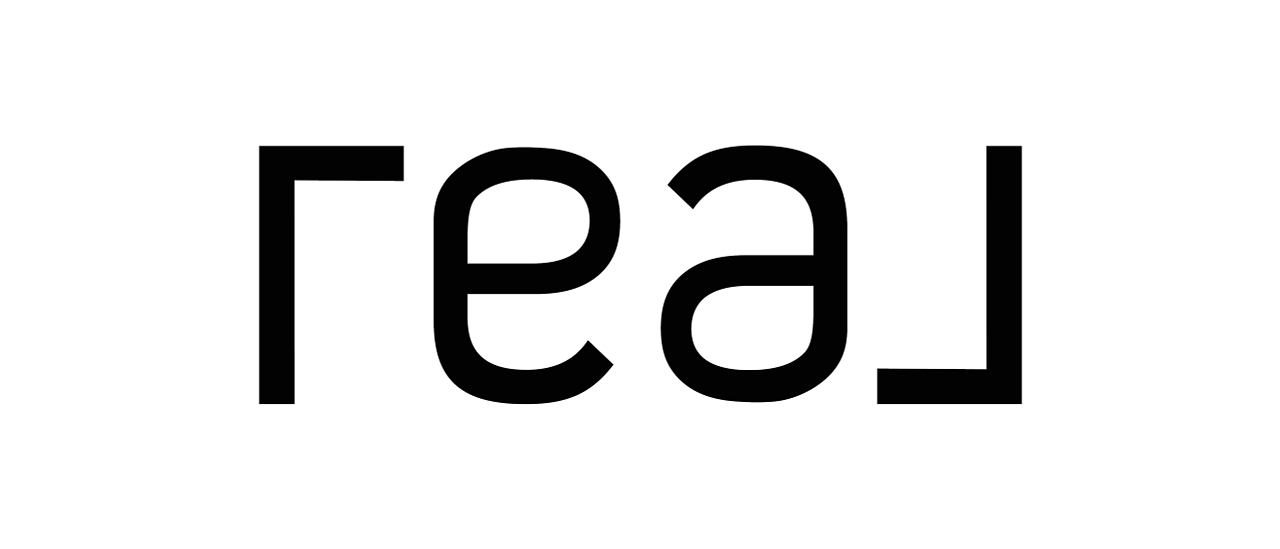You’ll REGRET Using ZILLOW To Price Your Home
Get The Latest OC Housing Report
The Biggest Pricing Mistake Home Sellers Make
You've listed your home, but no one's biting. Days are passing, buyers are scrolling past, and now you're wondering—did I make a huge mistake? The truth is, pricing your home incorrectly from the start is the fastest way to lose time, money, and potential buyers. And fixing it isn’t as simple as just adjusting the number.
In this post, we’ll break down why pricing strategy is critical, the three ways to price your home, and how to get it right the first time to avoid regrets.
Why Zillow and Online Estimates Can Be Misleading
Many sellers turn to Zillow, Redfin, and other online valuation tools to gauge their home’s worth. While these platforms provide estimates, they rely on automated algorithms that don't consider key details such as:
- The interior condition of your home
- Whether your home backs up to a busy street
- Unique features like a view or recent renovations
- Comparisons between attached and detached properties
As a real estate professional with 20 years of experience, I always check Zillow’s estimate before listing a property. But here’s the kicker—once I list the home at a higher or lower price, Zillow adjusts its estimate accordingly. This proves that these valuations are reactive, not predictive, making them unreliable for determining your listing price.
Three Ways to Price Your Home—And Only One Is Right
1. Overpricing Your Home
It might seem logical to price high so you can negotiate down, but this strategy backfires. Buyers today are informed—they check comparable sales and know what homes are worth. An overpriced home sits on the market, leading buyers to assume:
- The home is overpriced (which it is).
- Something must be wrong with it.
Homes that sit on the market for over 60 days often sell for 5-10% less than the original list price. That’s a significant loss simply because the home wasn’t priced correctly from day one.
2. Underpricing Your Home
Some sellers believe that setting a low price will spark a bidding war. While this can work in a strong market, it's a gamble. What if demand is low? What if only one buyer makes an offer?
If you list your home for 10% below market value and bidding only drives the price up by 5%, you’ve just left money on the table. Pricing too low is risky unless there’s a guaranteed high demand.
3. Pricing Your Home Correctly From the Start (The Right Way)
The best strategy is to price your home based on real market data:
- Review comparable sales in your neighborhood.
- Consider home condition, location, and upgrades.
- Price slightly above or below market value based on demand.
Properly priced homes generate more interest, creating urgency and competition among buyers. More competition means stronger offers and a quicker sale.
Watch the Full Video
Want a deeper breakdown of home pricing strategies? Watch the full video below:
Final Thoughts
Overpricing leads to stagnation. Underpricing is a gamble. But pricing it right? That’s how you sell quickly and for top dollar.
If you're thinking about selling and need expert guidance, reach out using the link in the video description. And if you found this post helpful, be sure to like, subscribe, and stay tuned for more insights on maximizing your home’s value.
On top of pricing mistakes, there's another critical error many sellers make before listing their home. Find out what it is by watching this video.

